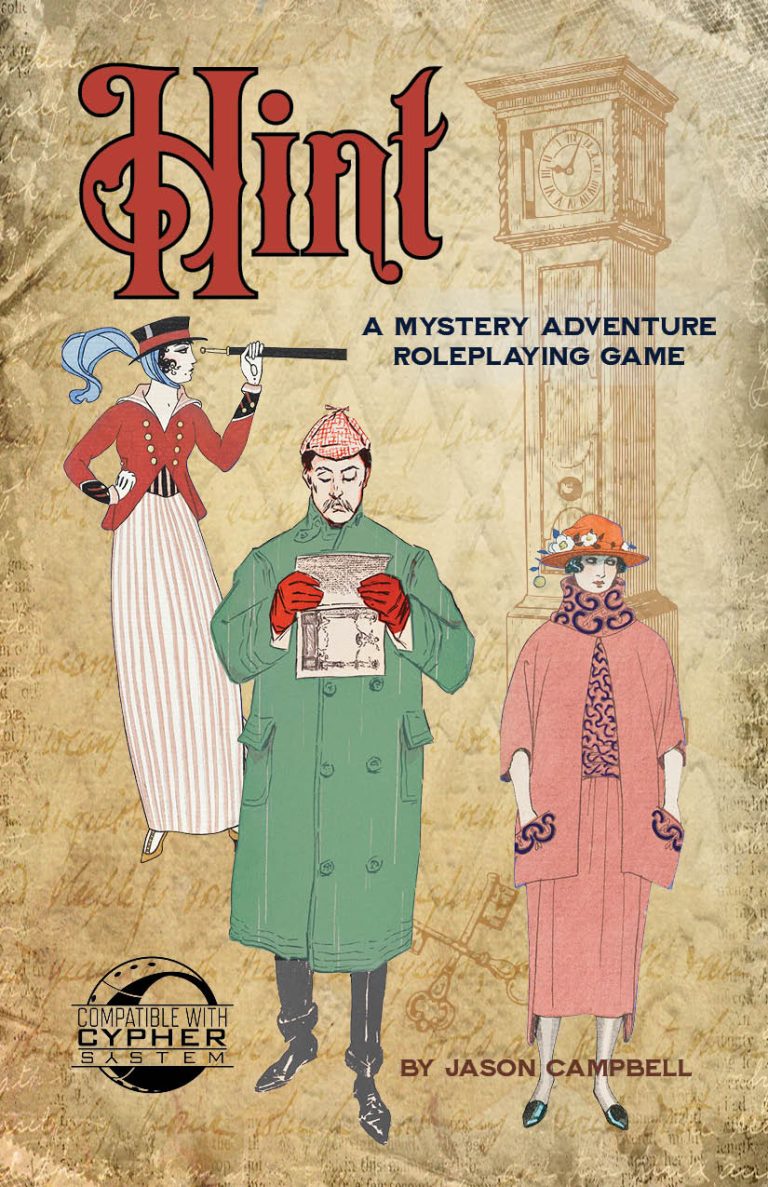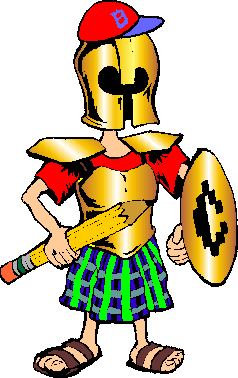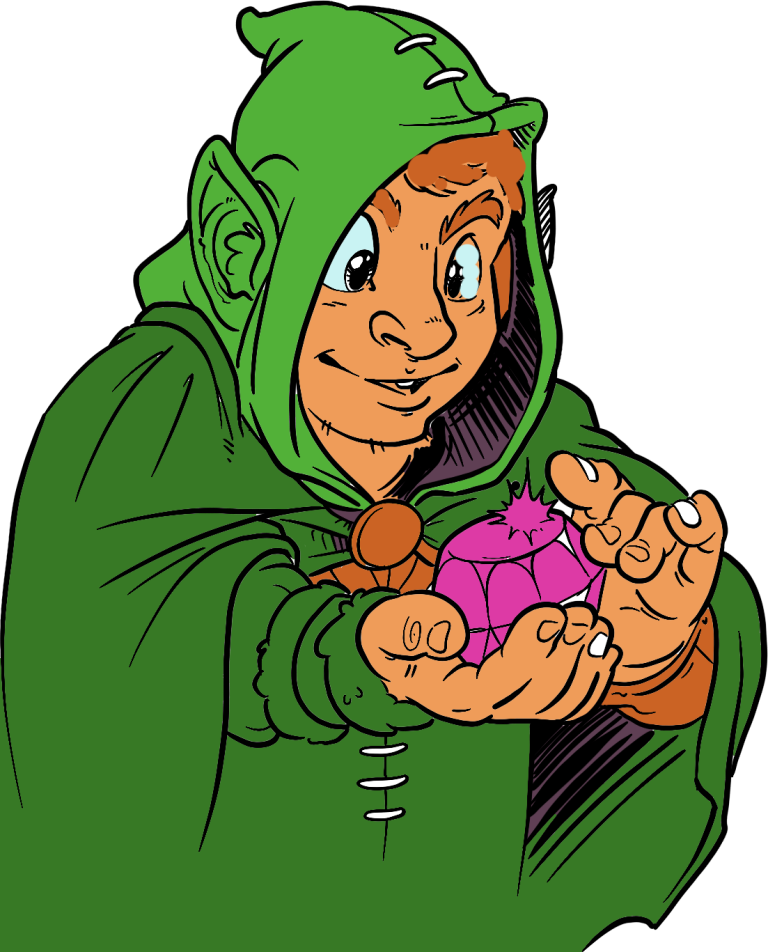This is a partial review of the third playtest packet for a new roleplaying game being developed by Kobold Press. The project was known as Project Black Flag and the game was titled Core Fantasy Roleplaying but the final title will be Tales of the Valiant. This game will be based on 5e with some rules revised, so that later products will be able to be used with the Tales of the Valiant system or other editions of the 5e game system. Here’s what we found in this packet.
This packet contains many monsters to be used with the upcoming Tales of the Valiant system, many based on the monsters common to the various Dungeons & Dragons systems. Because the packet comes in at 41 pages, we won’t attempt to review each monster. Instead I will review some of the mechanical changes to creature stat blocks and the rules for using them. Here’s a few to note:
Types and Tags
The available monster types are similar to 5e, but there’s the addition of “Tags”. Tags are things like “angel” which you could add to the “celestial” type, and “animal” which you could add to the “monstrosity” type. In the case of the latter, it would allow a monstrosity, say for example an owlbear if it had the animal tag, to be affected by the Speak With Animals spell, or maybe allow a druid to wild shape into one… in case that sounds familiar.
Stealth and Perception
Each creature’s stat block contains a number for “stealth” and “perception”. If a creature is hiding from a PC, there isn’t an opposed stealth vs. perception roll. Instead the PC must succeed on a Wisdom (Perception) roll equal or above that Stealth value. Likewise for a PC trying to hide they must succeed on a Dexterity (Stealth) equal to or above that Perception score.
I like this a lot, it should make the game go slightly faster, and concentrate the success or failure on the player’s roll. I’m all for increasing player agency. It also seems less random since it’s more based on the creature’s abilities or lack thereof. I do recognize that some GMs love rolling dice and might not feel as I do.
Resistance and Vulnerability
Just the same as in 5e if a creature is resistant to a damage type, on a failed saving throw they only take 50% damage and they take double damage if they are vulnerable to that damage type. Also if the creature is resistant to a condition, they get advantage on that saving throw roll and a creature vulnerable to a condition it gets disadvantage on their saving throw roll. (thanks to Shaun Merwin and Teos Abadia for helping me understand this.)
The way this is written is a bit confusing, I assume this will get cleared up in the final version. Technically there’s no saving throw against conditions like “grappled”, it’s an opposed ability check. Again, something that will hopefully be cleared up in the final version.
Static Damage and the Random Damage Variant Rule
For each damaging attack a creature makes, their stat block lists a number of HP of damage that attack will do (aka static damage). On page 7 is a chart for using the optional variable damage rules, so for instance if you would prefer to roll for damage and the stat block says the attack does 5, you could instead roll 1d8. However, that die roll varies depending on the creature’s size.
I like this a lot but truthfully I always use static damage in my current games. It removes a roll so it speeds up combat and it evens out in the long run, except maybe in the case of a very short one-shot game.
I have a feeling that Kobold Press will get a lot of negative feedback on this one and they will likely revert to the way other 5e games show stat blocks. Although I prefer static damage, the way that stat blocks are shown in 5e take up only a few extra characters so this change isn’t really saving any space. I don’t think this change makes the stat block easier to read for the GM, unlike some other changes in this packet.
Doom Trait
Traits for creatures (such as amphibious) work just as you’re used to in 5e. However one trait has been added to some boss monsters, it’s called doom. Doom gives the creature a number of “doom points”. At any time in combat the creature can spend a doom point to give themselves advantage on an attack roll or give another player disadvantage on a saving throw roll.
Another optional rule allows the creature to gain a doom point anytime a player rolls a natural 1 on a d20 roll in combat.
I haven’t tried this out but I suspect it’s a really fun way to make big bad guys seem scarier.
Let us know what you think about these proposed rules in the comments below





